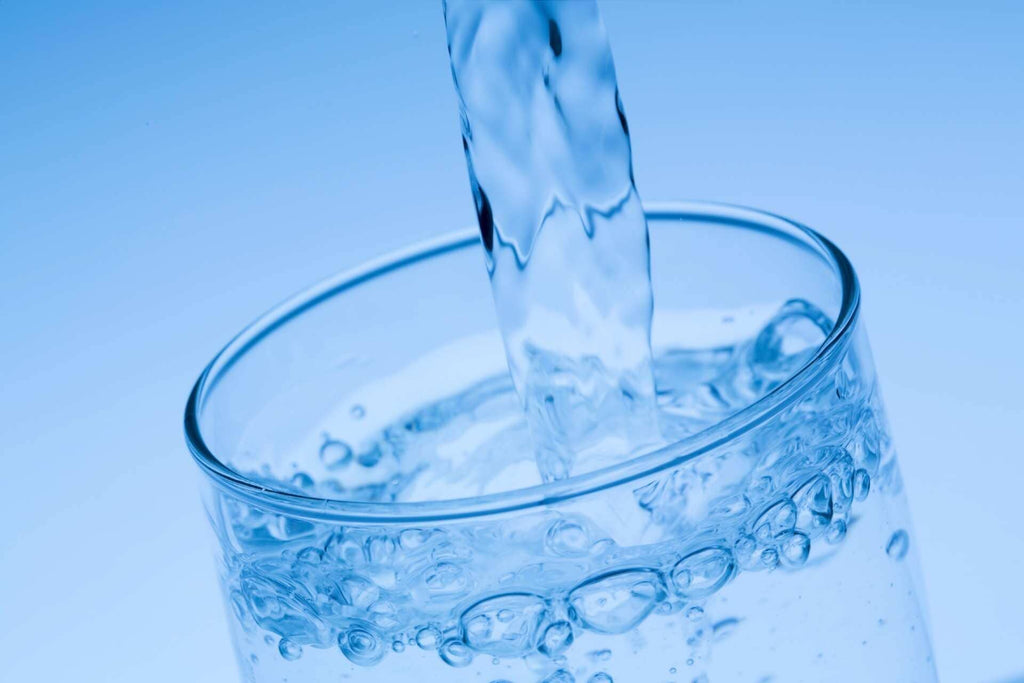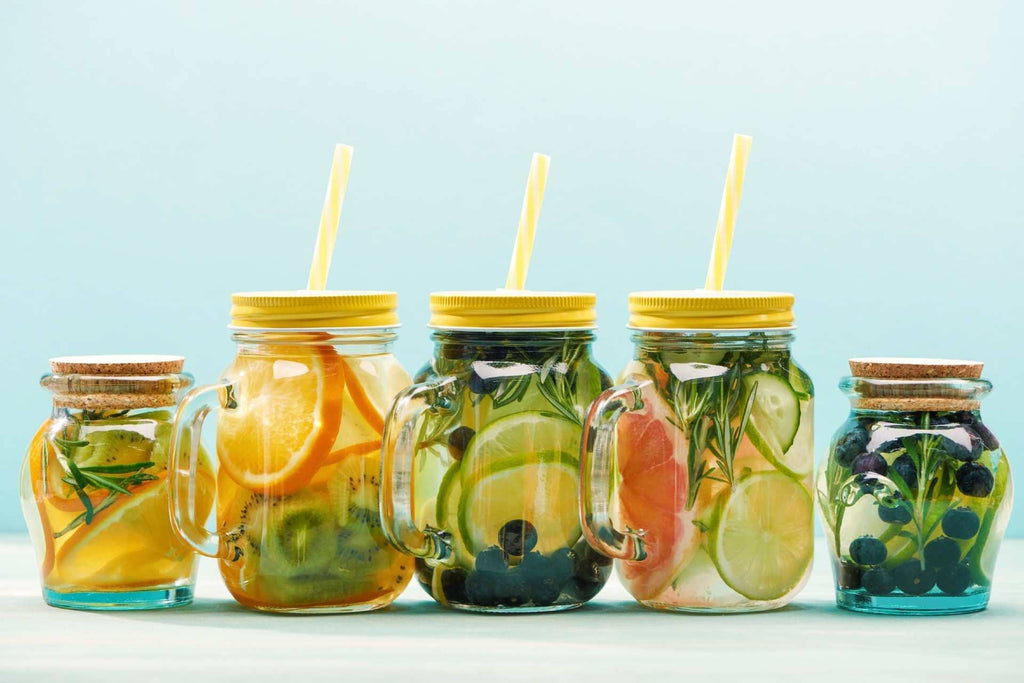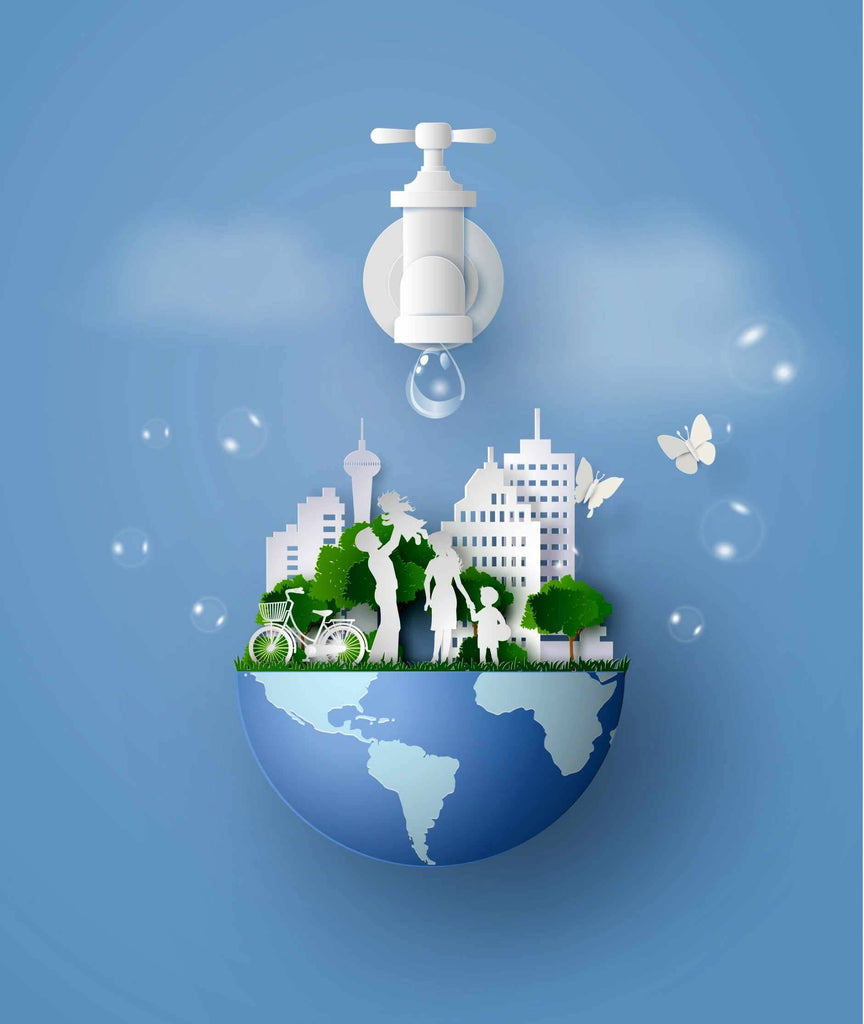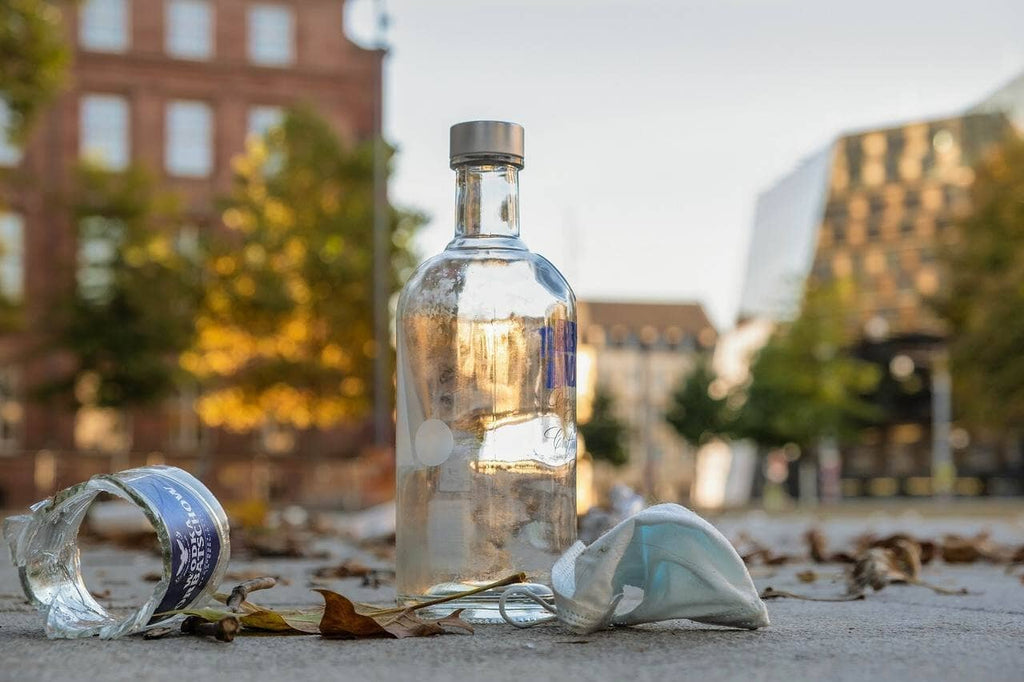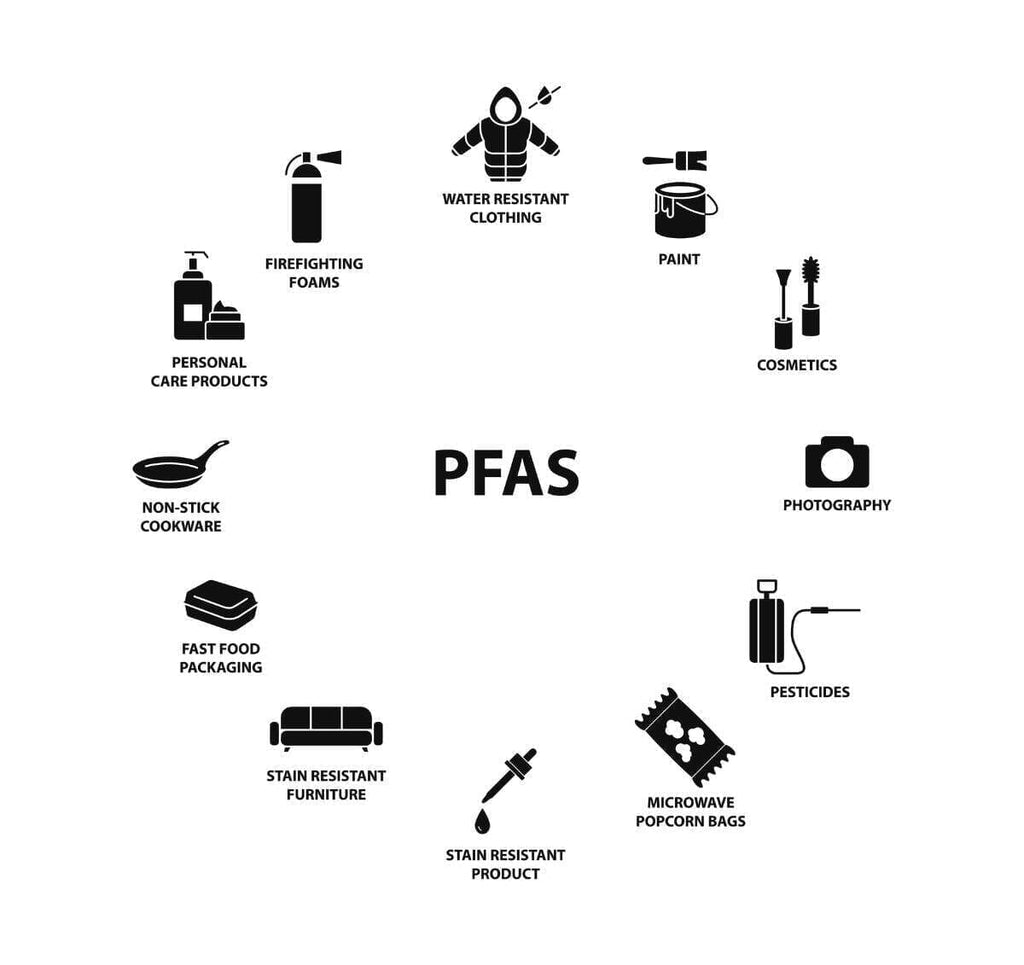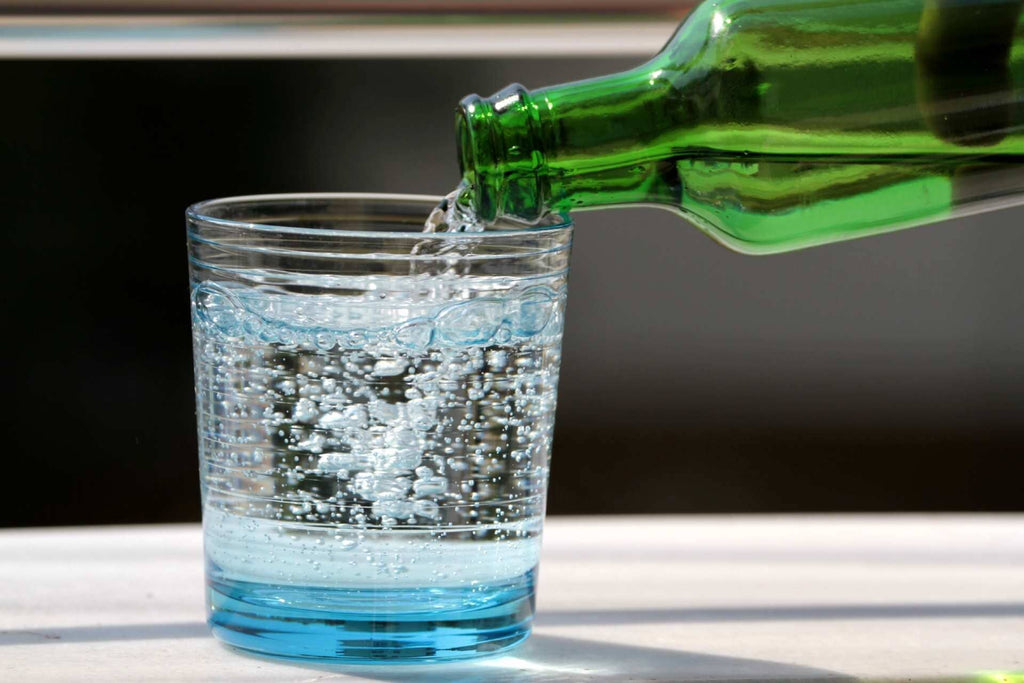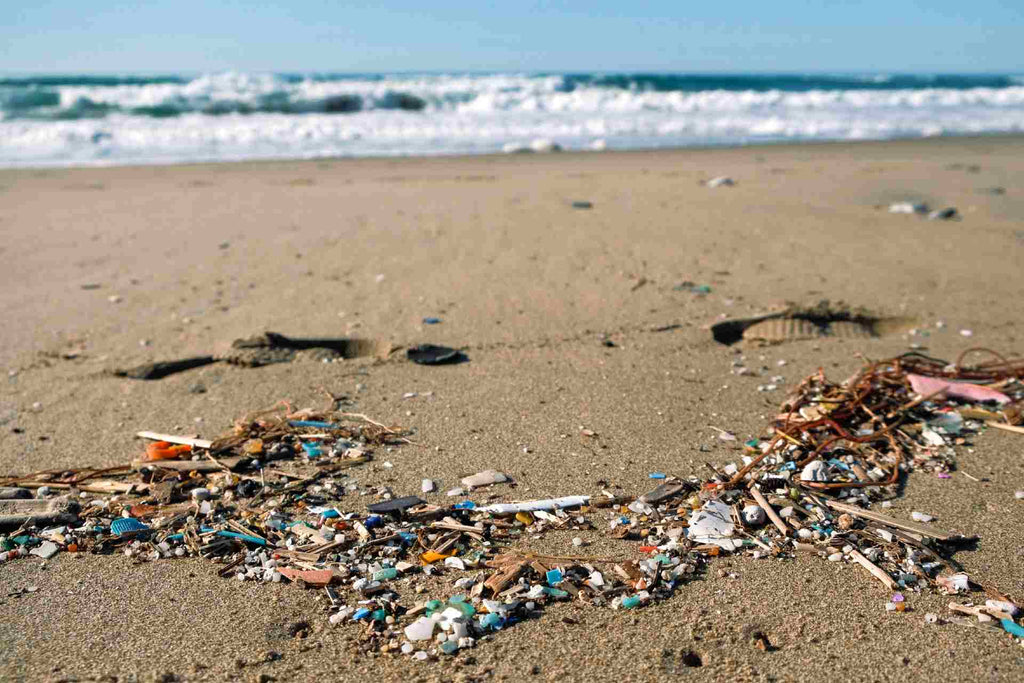All About Water - Water Quality, Water Filter, Water Resources and Issues
The Difference Between Sterile, Distilled and Deionized Water
When discussing water safety for drinking, we wonder what type of water is safe. Water safety relates to the process the water undergoes that is suitable for consumption. However, with various options available, we can easily become confused about what type of water we need. We will cover three types of water here. Each has a similar process but different outcomes and uses. What are the Similarities of Sterile, Distilled, and Deionized Water From a water source, the water contains a handful of impurities, parasites, and microorganisms. Boiling kills all living things and any...
Is Drinking Fruit Infused Water Good For You? Benefits to our body system explained
Humanity's symbol of life is water, from sustenance to the deeper essence of water, especially its benefits to our body system. Health experts carried out a rule of thumb to drink 3 to 4 liters of water a day. To water lovers, it is with so much enthusiasm that you are supporting your maximum hydration. But with those having issues with its bland taste and cannot keep up with the daily hydration requirement, striving for it is a must. How to drink more water? Drinking flavorless water can sometimes seem like an errand. Here are a...
Marine Debris and Ocean Pollution in Hawaii - Plastics are Becoming a Big Problem
A global problem that is growing rapidly is plastic pollution. This is due to increased industrialism, which has increased the amount of plastics used to produce the things we use daily. A significant number of these things are single-use items. Only used once and afterward thrown in the garbage. In any case, what happens to this plastic once the garbage bin gets discharged? It does not just vanish through the air. It usually ends up in the environment somehow or form, and most of it eventually ends up in the ocean. Inside the plastic pollution circle, one of the...
What Is A Solar Farm? What Are The Pros and Cons?
Did you know that the sun's energy, if directed at the earth for one hour, could satisfy the worldwide energy needs for one year? When battling the energy economy, consumers and policymakers have two options: They could produce more or make it useless. To a certain extent, this is a practical issue, while conservation is a popular idea. Without a doubt, the sun is an incredible energy source. Even though we cannot gather a small amount of this energy, tackling this power by introducing solar panels can substantially affect the planet. In this way, dependent...
Dangers From Contaminants In Unregulated Private Wells
An average of 13 million American households own a private well. Private wells are not subject to federal legislation that applies to public drinking water systems. Thus, it is up to good owners to regularly check the safety of their drinking water to ensure it is safe for human consumption. The regulatory reach of the US Environmental Protection Agency (EPA) is restricted to public drinking water systems, which the federal Safe Drinking Water Act administers. EPA does not control private wells or publicize criteria or standards, although it gives recommendations. A few states have private well water safety and quality provisions, and a...
Best Water Conservation Methods for Homeowners
The world's overall water capacity is constant. Nothing is gained or lost. Water experiences a consistent hydrologic cycle of precipitation, infiltration, runoff, evaporation, and transpiration by plants. However, uneven distribution of rain at any given time or area can cause shortcomings. Surface water storage is typically uneconomical for outrageous droughts. Variety in precipitation influences surface water supplies right away. Groundwater is influenced all the more gradually. However, it will be decreased by prolonged drought. Everyday home water use differs from 50 to 100 gallons per person. The best water use is in the washroom; the second is...
How Does The Moon Cause Tides on Earth?
"Tides" is a generic term used to characterize the rising and falling ocean levels for the land, created by the Moon's gravitational attraction and the Sun. To a much smaller degree, tides occur in huge lakes, the climate, and inside the Earth's solid crust, followed by the equivalent gravitational forces of the Moon and Sun. Tidal Trivia The amplitude of gravitational tides in the deep mid-ocean is about 1 meter. Shoreline tides can be more than ten times as large as in mid-ocean. The amplitude of tides in the Earth's solid crust is about 20...
Is Coffee Good or Bad For You?
It is no big surprise that coffee is fueling many people worldwide and is considered the best-loved drink. So, odds are, you may be one of the individuals getting up in the morning with a routine cup of coffee. Without a doubt, it gives a great mixture of energy each morning to stimulate your mind and increase productivity. Furthermore, without it, your organs may decline to cooperate. Now the question is, what does it do to your health? New research supports daily coffee's health advantages, yet its drawbacks may confuse you. Is...
Water Justice in the Time of COVID-19
As COVID-19 spreads destructively, Americans are washing their hands more regularly than ever. Most do not think about running their hands under faucet water and giving them a decent, lathery wash. Nevertheless, for the 30 million Americans without access to clean water, washing their hands might be much less secure than not doing so. Whether it is because chemicals are contaminating their water or because sanitization is absent, these residents—huge numbers of whom are ethnic minorities—can not use the water spilling out of their taps. Since fighting the pandemic requires great cleanliness, COVID-19 features insufficient access to clean...
Can Water Help You Live Longer? Secrets of water and longevity
How long do you anticipate that you should live on the earth? It is difficult to picture, yet individuals live longer in the 21st century. In this new age, life expectancy has expanded by over 30 years. There are many secondary reasons for this, yet, as Dr. Jeffrey Griffiths of Tuft University School of Medicine explains, clean water accounts for a significant part of the credit for longer life expectancies. Precisely, what health impacts are brought about by clean drinking water? It lessens morning fatigue, which is one of the first...
The Cyclical Problems of PFAS Disposal
There are three fundamental ways to dispose of perfluoroalkyl and polyfluoroalkyl substances (PFAS) —the hazardous chemicals used to make firefighting foam and many other consumer products —landfilling, wastewater treatment, and burning. Another investigation by researchers at the non-profit Environmental Working Group (EWG) found that none of those techniques is effective. Most commonly, the disposal of PFAS waste increases contamination. Thus, it is a cyclical problem. According to a recently published study in the Journal of the C atmosphere, burning, disposing of, and flushing materials containing the harmful fluorinated chemicals known as PFAS do not adequately contain or. Instead, they return...
Is Sparkling Water Safe? Truth About Carbonated Water
Water is necessary for the best possible function of the human body. Unlike our ancestors, we are not restricted to plain water to satisfy our thirst. Today, we can choose numerous sorts and tastes of water. But do these various assortments give the body similar hydration to regular water? Is it accurate to say that they are all healthy? Sparkling waters are the most recent health trend, giving all the bubbly refreshment of a soda with none of those dreaded calories. Today, Americans drink as much as 170 million gallons of sparkling water every year, and its fame has flooded to...
The 2020 Presidential Election On The Energy And Environmental Issues
One week after Election Day and days after Joe Biden was projected as the winner of the 2020 presidential election (As of Tuesday, President Trump still claimed he would win the election), the result of the election will reflect not only on the country's direction but also on the global environmental issues. Acting to prevent the worst climate change scenarios has become a central issue for voters in the United States. To review and summarize the differences, we are delving into the plans and strategies of Donald Trump and Joe Biden. When surveyed, most Americans have expressed that climate change...
Brain-Eating Amoeba Found in Texas City's Water Supply
Texas Brain-Eating Amoeba Found in City's Water Supply About 30,000 residents in southeast Texas must boil their water before using it. This comes following a 6-year-old boy who died recently in the wake of getting an uncommon, brain-eating amoeba from the local water supply. It is a freshwater parasite that is found all over the world. Scientifically called Naegleria, it is lethal, with a death rate higher than 97 percent. Its most recent casualty is Josiah McIntyre, who is only south of Houston. Maria Castillo says her child probably got the amoeba from a local splash pad or the garden hose at...
Americans No Longer Trusting Their Water
As the Environmental Protection Agency (EPA) prepares to implement guidelines for PFAS1 (per- and polyfluoroalkyl substances) in the U.S. drinking water supply, many Americans are "just saying no" to tap water. Headlines about lead poisoning from contaminated water in Flint, Michigan, ask how something like this could occur here. In any case, Americans might be, to some degree, not exactly amazed that U.S. drinking water could be contaminated. Surveying shows that an emergency on the scale of Flint's might be surprising. Many Americans have long-held worries about drinking water – and low levels of trust in the...
BOONDOCKING: Lifestyle of Free Camping With a Tent or RV
Travel is costly, including gas, food, and admission to attractions along the road. Discovering ways to earn extra money can help your trip go further. Free camping may not be the most appealing alternative, but it has a specific "romance of the open road" vibe. Have you ever longed to camp in places far away from the hustle and bustle of cities and RV parks? Have you ever needed to have extraordinary encounters in more places, yet experienced issues reserving a spot around your schedule? Again, do you need the opportunity to explore nature, even an unknown area, in addition to...
New York State Adopts Drinking Water Standards for Three Toxic Chemicals
New York State is leading the charge for specific drinking water standards for three toxic chemicals: 1,4-dioxane, PFOS, and PFOA. The state of New York adopted drinking water standards for three toxic chemicals this year. New York adopted a drinking water standard for 1,4-Dioxane, setting the maximum contaminant level at 1 part per billion. The standard is the first in the U.S. New York additionally adopted maximum contaminant levels for perfluorooctane sulfonate (PFOS) and perfluorooctanoic acid (PFOA) in the state's drinking water at ten parts per trillion. It is among...
Filtered Water and TDS Readings
Water is a universal solvent that can attract several other compounds and chemicals. The total dissolved solids (TDS) are the number of particles in water. However, this is not necessarily a good indicator of the health and safety of your drinking water. A high TDS reading doesn't necessarily mean that water quality is poor, as it also reflects the number of minerals and salts in the water. In this article, you will learn about TDS readings. TDS in Water Total dissolved solids (TDS) are organic and inorganic...
Microplastics in Drinking Water - Health Concerns and Minimizing Exposures
Plastics have become a vital aspect of human life, from the containers we wear to our dresses. A world without plastics or natural, synthetic polymers appears impossible today. Plastics are economical, lightweight, secure, and stronger than the other options. They can also be promptly formed into various items with various uses. In addition, plastic is the most common marine debris in our seas and Great Lakes. Plastic debris can be all shapes and sizes. However, those less than five millimeters long (or about the size of a sesame seed) are classified as "microplastics." The...
Is It Safe For Cats and Dogs To Drink Tap Water?
For a lot of us, pets are a valuable possession. They bring unheard-of fun and pleasure to our regular day-to-day activities and our families—as the sheer comfort and emotional help they give. And the amount they help relieve our feelings of anxiety and feeling of depression. Nearly 70% of American households have at least one pet. Nonetheless, their hydration is likely not something we invest much energy in considering. Like people, our furry best friends are made up for most of the water. And are greatly dependent on it for ideal well-being. The main concern...

